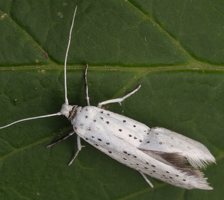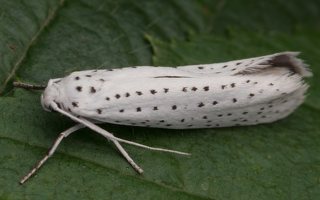- sort orderDefault
Photo title, A → Z
Photo title, Z → A
✔ Date created, new → old
Date created, old → new
Date posted, new → old
Date posted, old → new
Visits, high → low
Random - Google Map
- map
 home / Insecta · vabzdžiai / Lepidoptera · drugiai / Yponomeutidae · taškuotosios kandys / Yponomeuta evonymella · ievinė kandis
home / Insecta · vabzdžiai / Lepidoptera · drugiai / Yponomeutidae · taškuotosios kandys / Yponomeuta evonymella · ievinė kandis

-
 Yponomeuta evonymella caterpillar · ievinė kandis, vikšras
Yponomeuta evonymella caterpillar · ievinė kandis, vikšras
-
 Yponomeuta evonymella caterpillar · ievinė kandis, vikšras
Yponomeuta evonymella caterpillar · ievinė kandis, vikšras
-
 Yponomeuta evonymella caterpillars · ievinė kandis, vikšrai
Yponomeuta evonymella caterpillars · ievinė kandis, vikšrai
-
 Yponomeuta evonymella caterpillars · ievinė kandis, vikšrai
Yponomeuta evonymella caterpillars · ievinė kandis, vikšrai
-
 Yponomeuta evonymella · ievinė kandis
Yponomeuta evonymella · ievinė kandis
-
 Yponomeuta evonymella · ievinė kandis
Yponomeuta evonymella · ievinė kandis
-
 Yponomeuta evonymella · ievinė kandis
Yponomeuta evonymella · ievinė kandis
-
 Yponomeuta evonymella · ievinė kandis
Yponomeuta evonymella · ievinė kandis
-
 Yponomeuta evonymella · ievinė kandis
Yponomeuta evonymella · ievinė kandis
-
 Yponomeuta evonymella · ievinė kandis
Yponomeuta evonymella · ievinė kandis
-
 Yponomeuta evonymella · ievinė kandis
Yponomeuta evonymella · ievinė kandis
Yponomeuta evonymella · ievinė kandis
- bird-cherry ermine
- Traubenkirschen-Gespinstmotte
- ievu tīklkode
- namiotnik czeremszaczek
https://en.wikipedia.org/wiki/Bird-cherry_ermine Some Yponomeuta species are difficult to separate visually, but this species is one of the easiest, having five rows of black dots on the forewing. Nocturnal, it flies during July and August, and is attracted to light.
The host plant of the bird-cherry ermine is the bird cherry, but occasionally the caterpillars are found on cherry or buckthorn. The females lay their eggs on the winter buds. The young caterpillars overwinter underneath the bud scales and become active when the buds burst in spring. The larvae feed until the end of May or early June and then pupate in tightly packed communal webs on the trunk or among the herbaceous plants below. Because the caterpillars are concealed inside an extensive web-like nest, they can eat a whole tree bare unhindered, although it is likely that the trees will survive, with reduced growth in the following growth seasons. They seem to have few predators, but their numbers are reduced because of attacks by parasitic wasps.